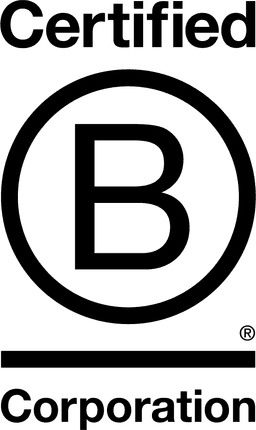

Aussie Broadband

Victoria, Australia
June 2023
Telecommunications
Service with Minor Environmental Footprint
Australia
Aussie Broadband is an Australian operated telecommunications and technology company that formed in 2008 and is based in Morwell, Victoria, Australia. The Company provides a broad range of solutions to residential, business, enterprise and government customers, and provides wholesale access to other telcos and managed service providers. As a licensed carrier, the Company provides broadband services nationally through a wholesale agreement with NBN Co, its own fibre network, and some leased backhaul infrastructure from third parties. The Company is the 5th largest provider of broadband services in Australia and is one of only six tier 1 voice providers in Australia. Aussie Broadband is focused on building market share in the business, enterprise & government and wholesale segments through its range of cloud, security, broadband, voice, and managed solutions, whilst continuing to build share in the residential segment. The Company also offers a range of other telecommunications services including voice, mobile plans and handsets, entertainment bundles through its partnership with Fetch TV and connections through the Opticomm network and its white label platform.
Overall B Impact Score
Governance 19.4
Governance evaluates a company's overall mission, engagement around its social/environmental impact, ethics, and transparency. This section also evaluates the ability of a company to protect their mission and formally consider stakeholders in decision making through their corporate structure (e.g. benefit corporation) or corporate governing documents.
What is this? A company with an Impact Business Model is intentionally designed to create a specific positive outcome for one of its stakeholders - such as workers, community, environment, or customers.
Workers 37.2
Workers evaluates a company’s contributions to its employees’ financial security, health & safety, wellness, career development, and engagement & satisfaction. In addition, this section recognizes business models designed to benefit workers, such as companies that are at least 40% owned by non-executive employees and those that have workforce development programs to support individuals with barriers to employment.
What is this? A company with an Impact Business Model is intentionally designed to create a specific positive outcome for one of its stakeholders - such as workers, community, environment, or customers.
Community 28.0
Community evaluates a company’s engagement with and impact on the communities in which it operates, hires from, and sources from. Topics include diversity, equity & inclusion, economic impact, civic engagement, charitable giving, and supply chain management. In addition, this section recognizes business models that are designed to address specific community-oriented problems, such as poverty alleviation through fair trade sourcing or distribution via microenterprises, producer cooperative models, locally focused economic development, and formal charitable giving commitments.
Environment 6.9
Environment evaluates a company’s overall environmental management practices as well as its impact on the air, climate, water, land, and biodiversity. This includes the direct impact of a company’s operations and, when applicable its supply chain and distribution channels. This section also recognizes companies with environmentally innovative production processes and those that sell products or services that have a positive environmental impact. Some examples might include products and services that create renewable energy, reduce consumption or waste, conserve land or wildlife, provide less toxic alternatives to the market, or educate people about environmental problems.
Customers 4.6
Customers evaluates a company’s stewardship of its customers through the quality of its products and services, ethical marketing, data privacy and security, and feedback channels. In addition, this section recognizes products or services that are designed to address a particular social problem for or through its customers, such as health or educational products, arts & media products, serving underserved customers/clients, and services that improve the social impact of other businesses or organizations.